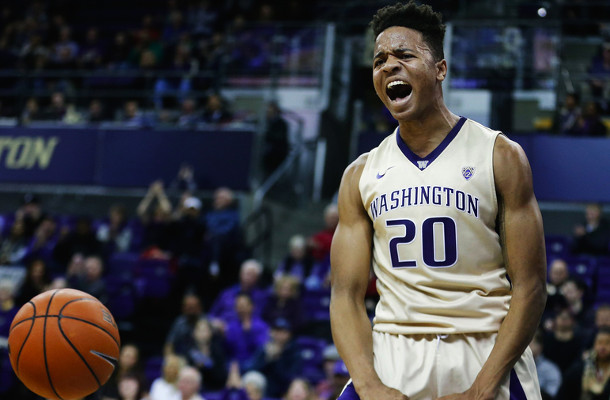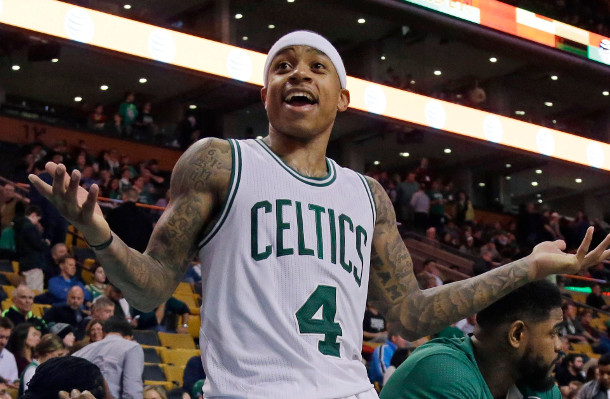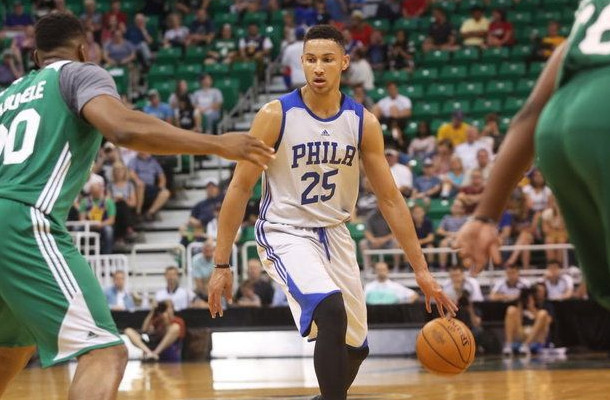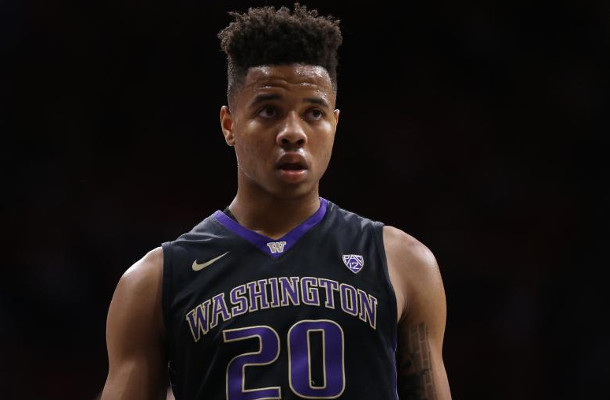Mo Williams, Derrick Williams, and the salary cap floor
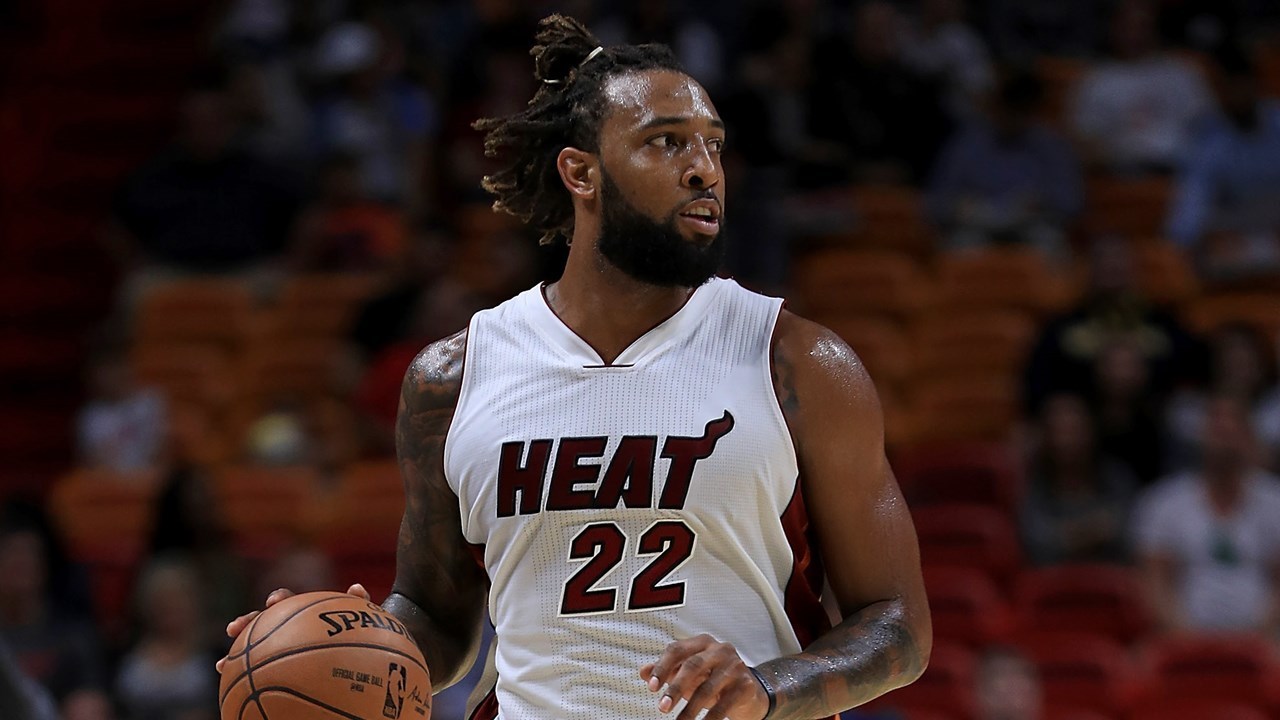
Shams Charania of Yahoo! Sports reported earlier today that the Miami Heat would waive journeyman power forward Derrick Williams.
The speculation that the Sixers could look to claim Williams was immediate. The reason, as always, is the salary cap floor. Williams signed a 1 year contract for just under $4.6 million last summer.
Here’s a quick refresher on why that’s the case.
What is the salary cap floor?
The salary cap floor is 90% of the salary cap, which since this year’s cap is set to $94.143 million that means teams are required to spend at least $84.73 million in player salaries.
What’s the penalty for not reaching the floor?
Nothing, really.
If the team is under the floor at the end of the season they distribute the difference to the players on the roster. So if the floor is $84.73 million and the Sixers end up with $77 million in salary at the end of the season, the players on the roster would split $7.73 million.
Sounds great! So what’s the benefit to reaching the floor exactly?
Great question.
In theory, acquiring ~$8 million in salary to reach the floor and avoid paying a $7.73 million fine doesn’t seem to make a lot of sense. In addition, it could be slightly annoying to the players on the roster, who are missing out on a nice little bonus.
The reason there’s a desire to reach the floor is because there’s a loophole in how team salary is calculated.
Team salary, the salary figure that’s used to determine if a team reaches the salary cap floor, includes the full season salary of players on your roster at the end of the season, in addition to the full salary of players released who clear waivers.
So, if the Sixers claim Derrick Williams off waivers, then release him, his entire $4.598 million salary would count towards the team salary calculation.
The catch is that the Sixers would only be on the hook paying a portion of the salary, from the time that he was claimed until the end of the season (assuming he clears waivers).
In practical sense, this means that the Sixers would get credit for $4.598 million in salary despite only paying ~$1.75 million of it.
(Note: there hasn’t actually been a rumor that the Sixers will claim Derrick Waivers. It’s just speculated about because of past history, including the claiming of Mo Williams, which ended up not working because the Nuggets claimed Williams back. Fighting over a player who will retire at the end of the season is one of the most asinine aspects of this great sport).
That’s it? It’s all about the money?
Yeah, it really is.
Many people tried to attribute this to Hinkie, and certainly being under the cap so they could take on salary (as they expertly did in the trade with the Sacramento Kings) to acquire future draft assets was a strategy they consistently pursued during their three years here. You could even argue that how far under the salary cap the Sixers currently are is a remnant of Hinkie’s strategy, as it would have likely required irresponsible signings from Bryan Colangelo to meet the cap floor over the offseason. There was that much ground to cover.
But this last minute dash to reach the floor, motivated by a pure desire to save money, is something neither Colangelo nor Hinkie are likely to really care about, outside of a desire to keep your boss happy. There’s no strategic benefit to reaching the floor rather than remaining under the cap.
How much savings can this really net?
Well, let’s make a couple of assumptions to take this to its extreme.
First, let’s assume that the Sixers acquire *exactly* the $7.77 million they need to reach the cap floor (per BasketballInsiders). That’s, obviously, impractical, and any trade (or waiver claim) to reach the floor will likely take them over, at least a little bit.
(And honestly, they should be looking to use their available cap space in a trade rather than lining the pockets of billionaires. If they had the option of maximizing their savings (*just* reaching the $84.73 million floor) or acquiring salary beyond that (up to the $94.143 million cap) in order to acquire assets from a team looking to dump salary, I’m hoping they’d select option B. On a side note, this is why, outside of what I’ll explain below, moves like this are best done *right* at the deadline, so you know whether there’s an actual missed opportunity by wasting cap space just to save a few bucks).
Second, let’s assume that they acquire all the remaining salary they need to reach the floor on February 23rd, the day of the trade deadline. Remember, with the difference between the full salary (applied to the team salary calculation) compared to what’s actually paid (how much time is remaining on the season), the longer the team waits, the more savings it sees.
With these two assumptions out of the way, what’s the difference between reaching the floor compared to making no moves and just paying the difference to the players on the roster?
No moves: $84.73 million in team salary costs $84.73 million.
Acquire $7.77 million at the deadline: $84.73 million in team salary costs ~$79.42 million
Or a savings of ~$5.31 million.
When will this madness end?
This is the last season you’ll have to worry about this nonsense. The salary cap floor will still exist, but in the new CBA (which takes effect July 1st), team salary will be determined based off of how much a team actually paid.



